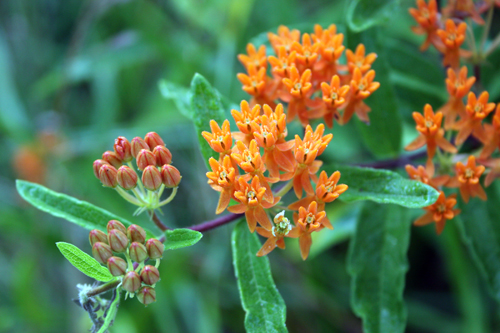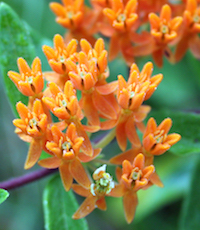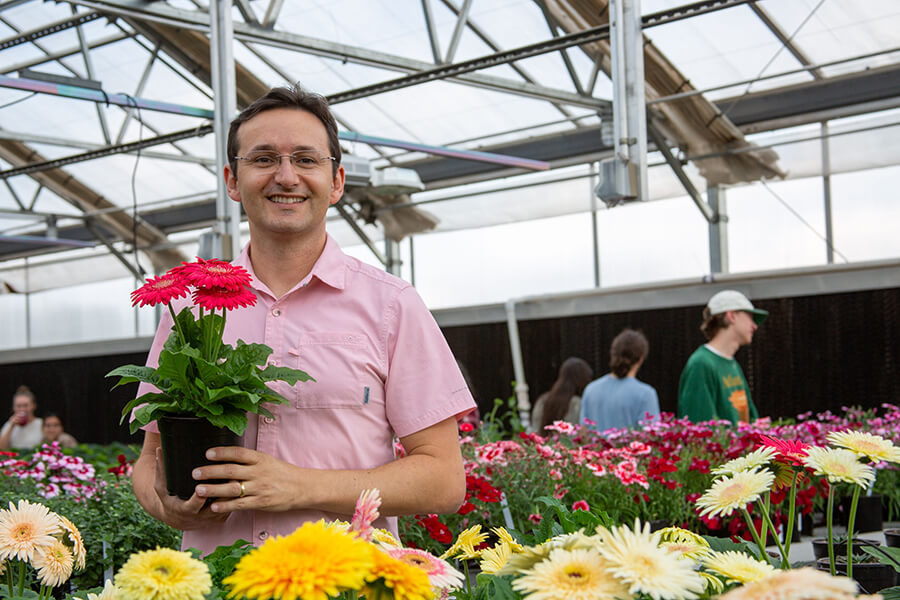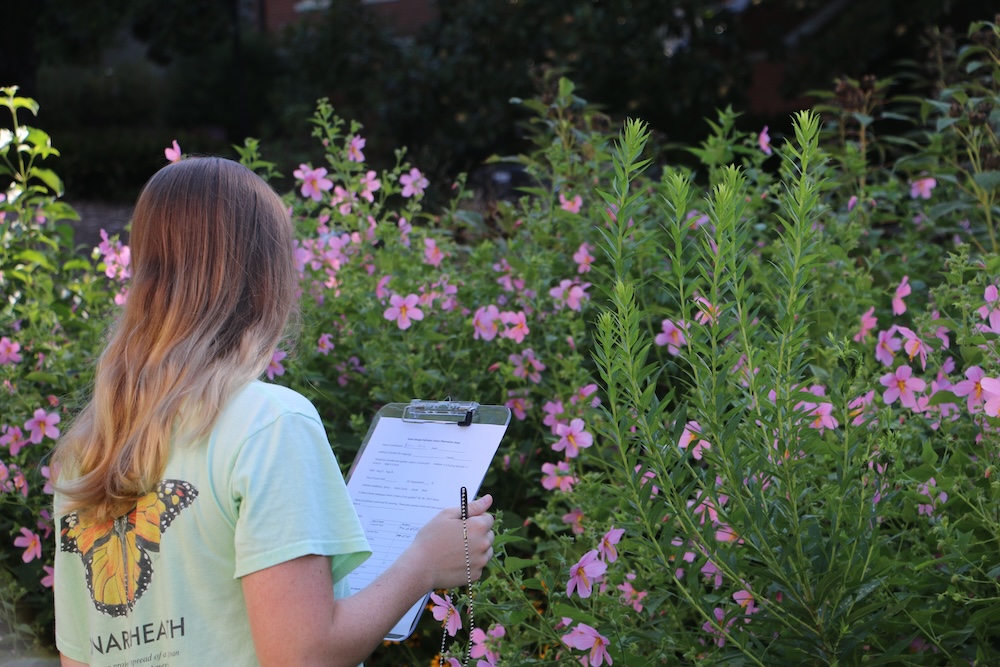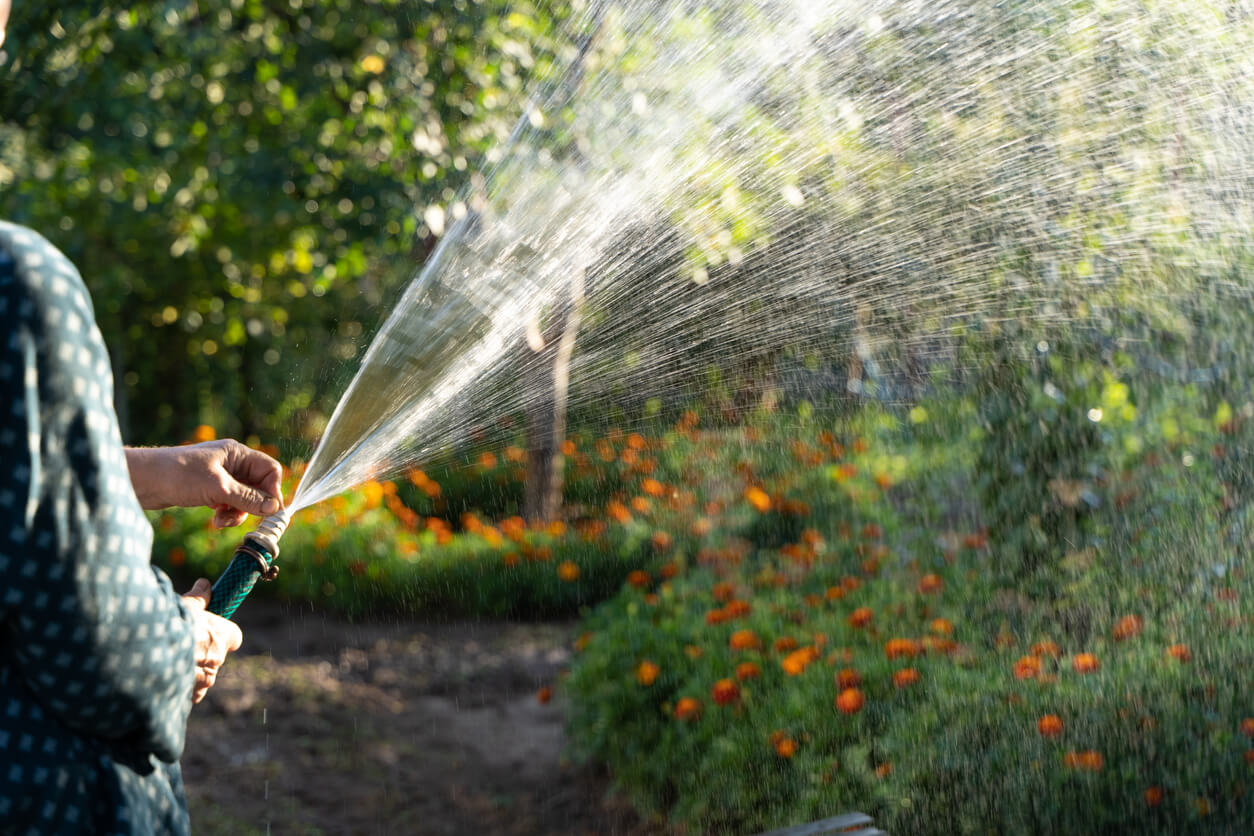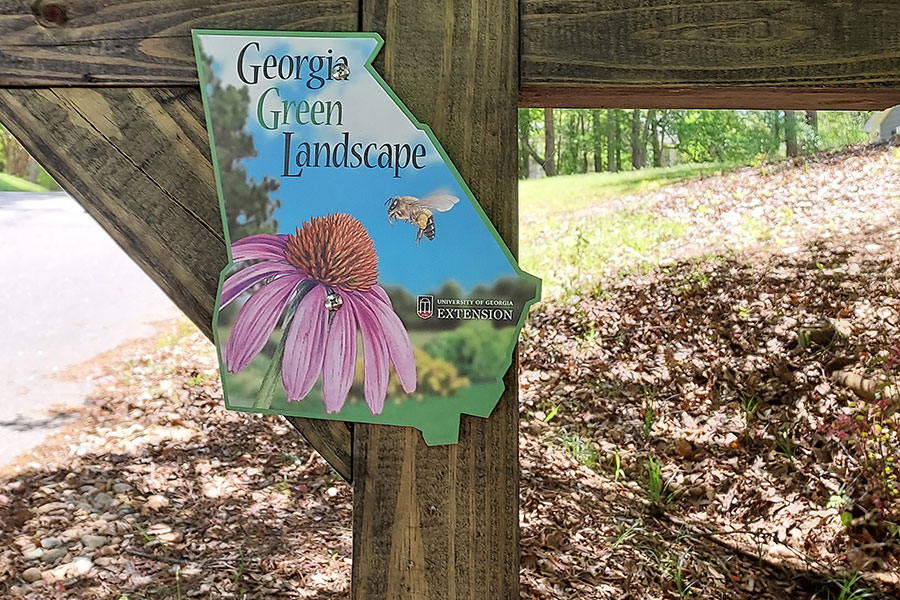There is no more delightful decoration for a flower garden than butterflies fluttering from bloom to bloom.
Butterflies will visit, and probably stay to lay eggs, wherever there are a variety of plants for food and shelter, some moisture and no pesticides. Whether or not they appear in your backyard ultimately depends on whether their favorite plants are growing there. Certain plants support larvae; many others support adult butterflies.
Larvae need specific plants
The typical garden is not likely to have plants that host most butterfly larvae. Caterpillars of each species are pretty picky, favoring the foliage of specific plants or plant groups. Larval host plants are often unattractive, weedy, wild and generally considered unattractive when used in cultivated gardens.
To attract butterflies, gardeners must add these plants to their landscape. Larval host plants of common butterfly species include aster, bermudagrass, clover, hollyhock, lupine, mallow, marigold, milkweed, nettle, parsley, passionflower, plantain, snapdragon, sorrel, St. Augustinegrass, thistle and violet.
Fortunately, adult butterflies have more cosmopolitan palates. The flower nectar they need for energy is available from a variety of plants. Butterflies will visit landscapes in search of flowers easily accessed by their long, coiled tongues. They are particularly attracted to "hot"-colored, fragrant flowers.
Butterfly favorites
All time favorite butterfly-attracting flowers include aster, Joe-Pyre weed, black-eyed Susan, lantana, butterfly bush, liatris, butterfly weed, pentas, coreopsis and purple coneflower.
The butterfly gardener's challenge is to provide a diversity of plants in communities throughout the property to support both larvae and adults. Variety is the key. Choose lots of different kinds of plants from annuals to perennials.
Wildflower meadows featuring native plants are ideal for attracting butterflies. Food crops add to the diversity, too. Make sure blooms are available to visiting butterflies the entire season. The greater the variety of suitable plants, the large number and diversity of butterfly visitors your garden will attract.
For more on planting butterfly gardens, see the University of Georgia Cooperative Extension publications website at www.caes.uga.edu/publications/.

